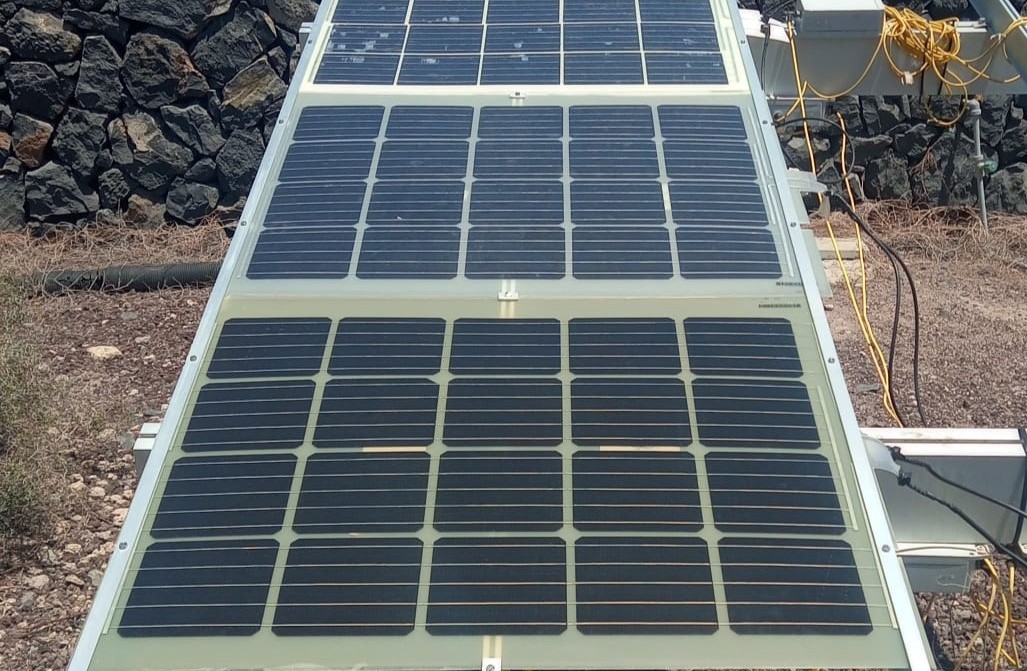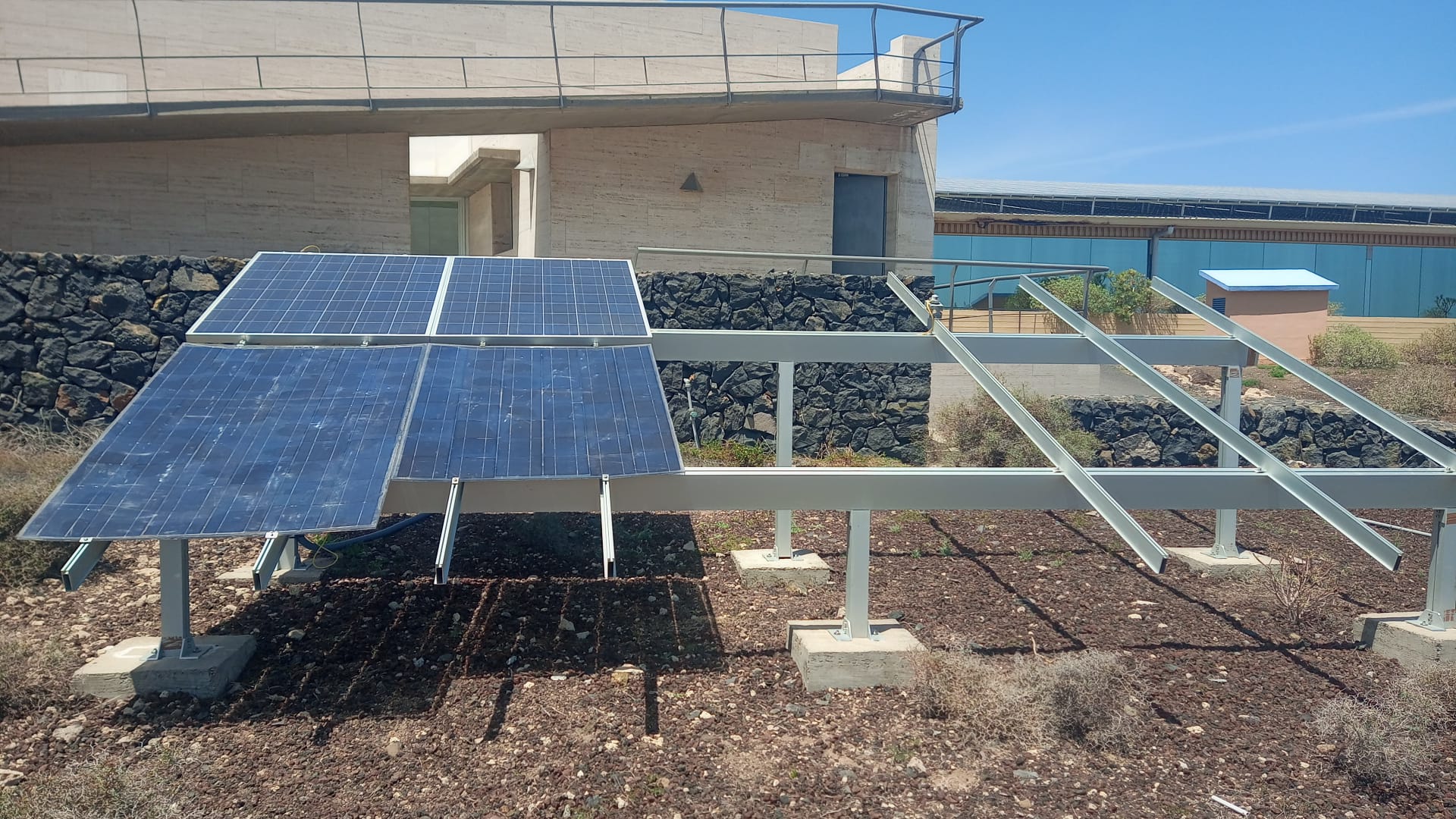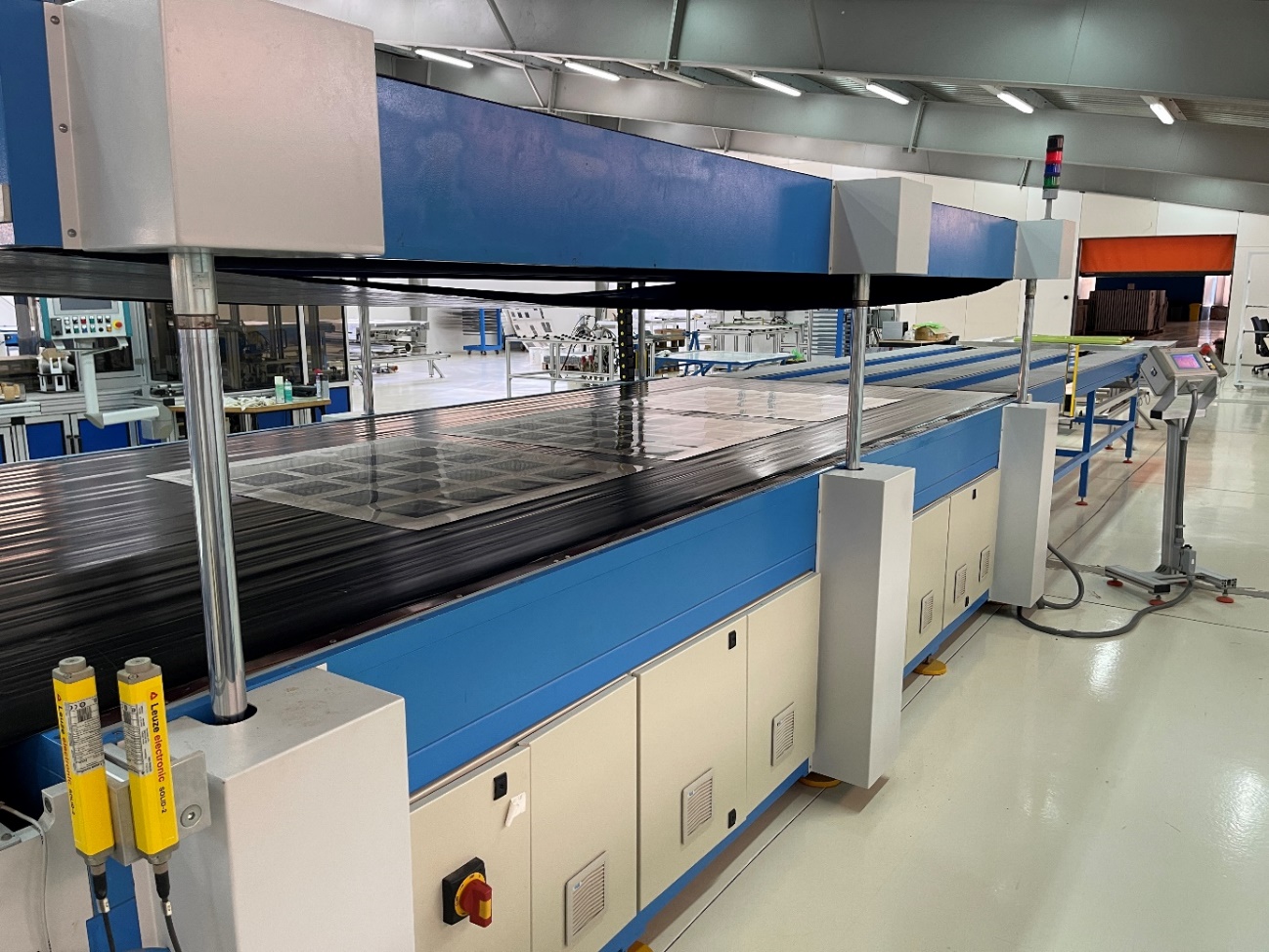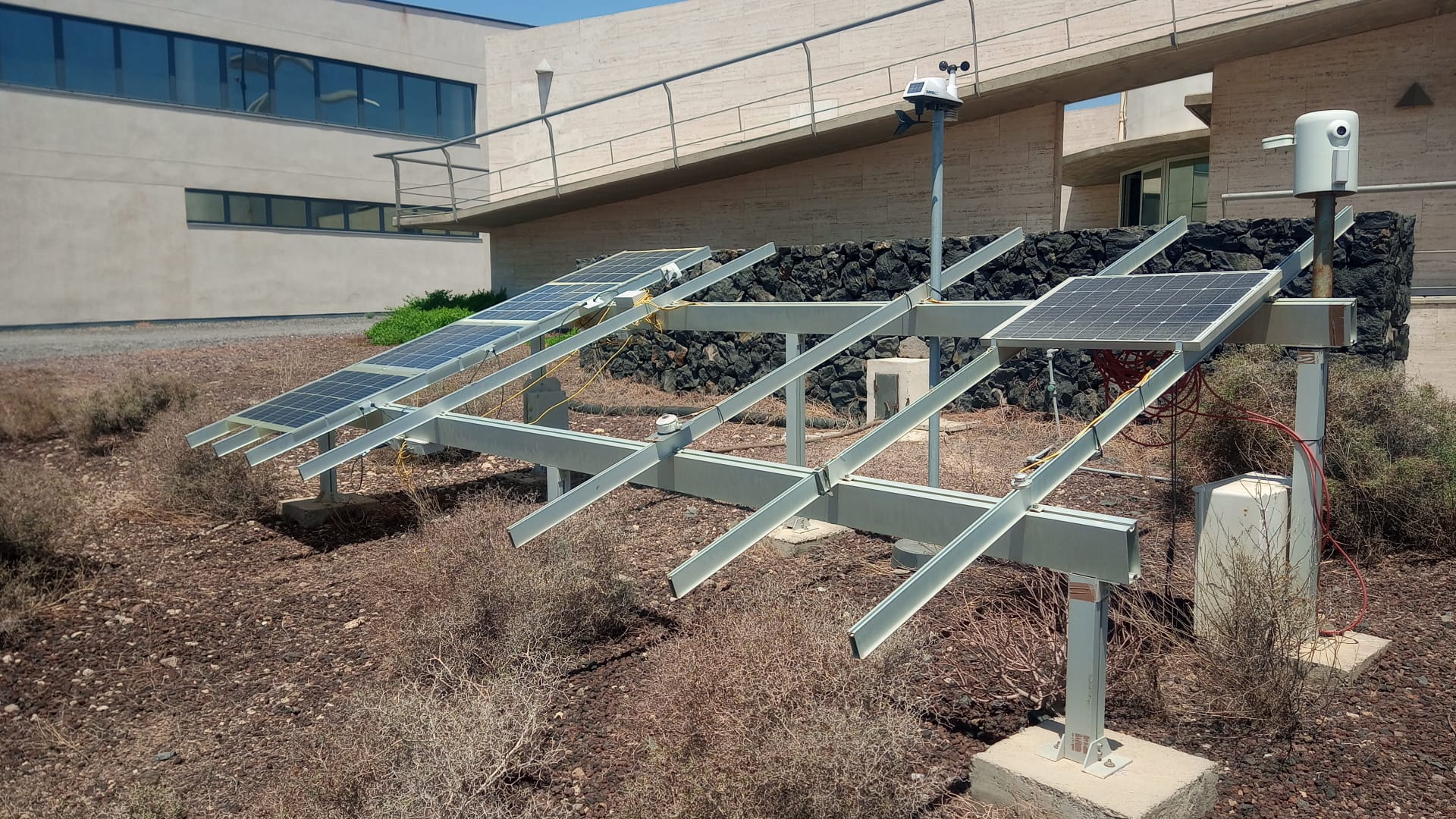The Aisovol2 project – a photovoltaic generation solution for use in building and distributed generation – has reached the end of its execution period, achieving promising results in developing a lightweight and versatile photovoltaic module.
The Aisovol2 project concludes after 3 years of researching alternatives in the design of photovoltaic modules based on crystalline silicon. The goal is to achieve a lightweight, adaptable, and multipurpose module, enabling more intensive and multifunctional use of this technology in various applications.
The Institute of Technology and of Renewable Energies (ITER) and the National Renewable Energy Centre (CENER) have collaborated on this project, which has been co-financed by the Ministry of Science and Innovation under the 2019 Retos Colaboración call of the State Program for R&D&I Oriented to Societal Challenges.
Among the results obtained, the successful development of prototypes weighing up to 70% less than traditional photovoltaic modules stand out, having surpassed established quality tests at the structural level. These new designs incorporate ETFE, honeycomb polymer sheets, and fiberglass composite materials working in different layers of the photovoltaic module.
The main modifications introduced compared to conventional designs are based on eliminating the front glass and metal frame. For selecting alternative materials to replace them, factors considered included compatibility with a conventional lamination process, so the manufacturing of these models can be easily integrated into existing industrial production lines.




